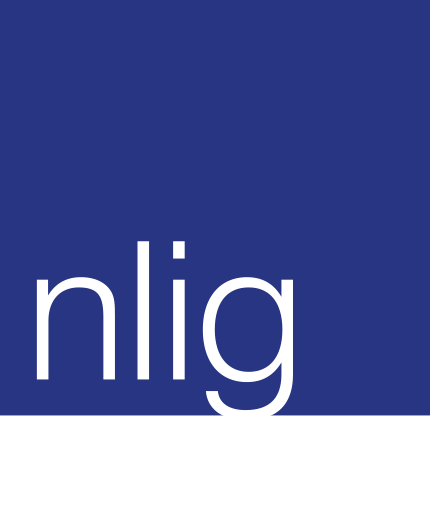Ransomware attack tips to keep you protected

Ransomware attacks are becoming more frequent, with the UK being a prime target between April 2022 and March 2023. It was the second most attacked country in the world, behind the USA. A report published on April 19, 2023, by gov.uk revealed that 32% of businesses and 24% of charities experienced breaches or attacks in the last 12 months.
Despite the prevalence of these attacks, many small and medium-sized businesses are unaware that they are just as vulnerable, if not more so, than larger organisations. According to leading software company Symantec, 61% of all cyberattacks in 2022 were aimed at small businesses. So, what exactly is a ransomware attack, and what steps can SMEs take to protect themselves?
Ransomware
Ransomware is a type of malware designed to deny a user or organisation access to files on their computer. Many hackers favour it as it is easy to deploy and offers good returns.
In a ransomware attack, your files are encrypted by the cybercriminal who demands a ransom payment to restore access, which is usually provided via a decryption or unlock key once you’ve made a payment. Usually, paying the ransom is the easiest and cheapest way to regain access to the files.
While payment usually releases your files, there are no guarantees your data will be unlocked, and there have been instances of victims being subject to a double or triple extortion attack, in which some of the data is leaked, increasing the pressure on you to pay more.
The fall out
Small businesses are a particularly easy and desirable target because they tend to hold a lot of easily accessible, confidential information, ranging from bank accounts to medical records, which the cybercriminal can either sell on or hold to ransom. The fallout can be devastating.
First, you will have to pay the cost of the ransomware demand and, if the breach compromises any confidentiality laws, you may also be subject to a fine. Depending on what data is seized, it could also affect your customers, damaging customer trust and further affecting your business. Then, of course, there is the time lost while you rectify the situation and the emotional toll it takes. It’s an intrusive, inconvenient, frightening experience to avoid at all costs.
Protecting yourself
So, what can you do to protect yourself, your business and your customers from cybercriminals looking to seize your data? There are several actions you can take:
- Patch and update regularly
It's crucial to stay updated with the latest software and security patches. The best way to do this is by regularly installing updates for your tablet, smartphone, laptop, or PC. You can simplify the process by setting your operating system, software programs, phones, and apps to update automatically.
- Control the use of USB sticks and external hard drives
Hybrid working is still popular, with employees working remotely for at least part of the week, which means it’s essential to ramp up security. If you’ve been transferring files via a USB drive or external memory stick, you need to be aware it only takes one unsecured device to compromise your network and your business. To reduce the possibility of a breach, it’s essential to employ endpoint protection, blocking access to physical ports and only permitting the use of approved memory sticks or memory cards.
- Don’t backup to the main server
Backing up your data to your main server may not be enough protection in the event of an attack. If all your data is stored on the same server, it could become inaccessible. To ensure essential data is always available, it's wise to identify key information and save it on an isolated, off-site backup system. This way, even if an attack occurs, your employees can still access critical files and maintain day-to-day business operations.
Talk to US
Cyberattacks, particularly ransomware, are increasing in frequency and sophistication and can happen to anyone. To prevent a breach, it's important to be vigilant and take action now.
We suggest following the steps above and obtaining cyber insurance to ensure you're protected financially and reputation-wise in case of an attack. We can help you find tailored coverage that meets your specific needs. Don't wait until it's too late - contact us at 01992 703 300 or insurance@nlig.co.uk to learn more.
Sources
Malwarebytes.com: Ransomware in the UK, April 2022–March 2023
Gov.uk: Cyber security breaches survey 2023

